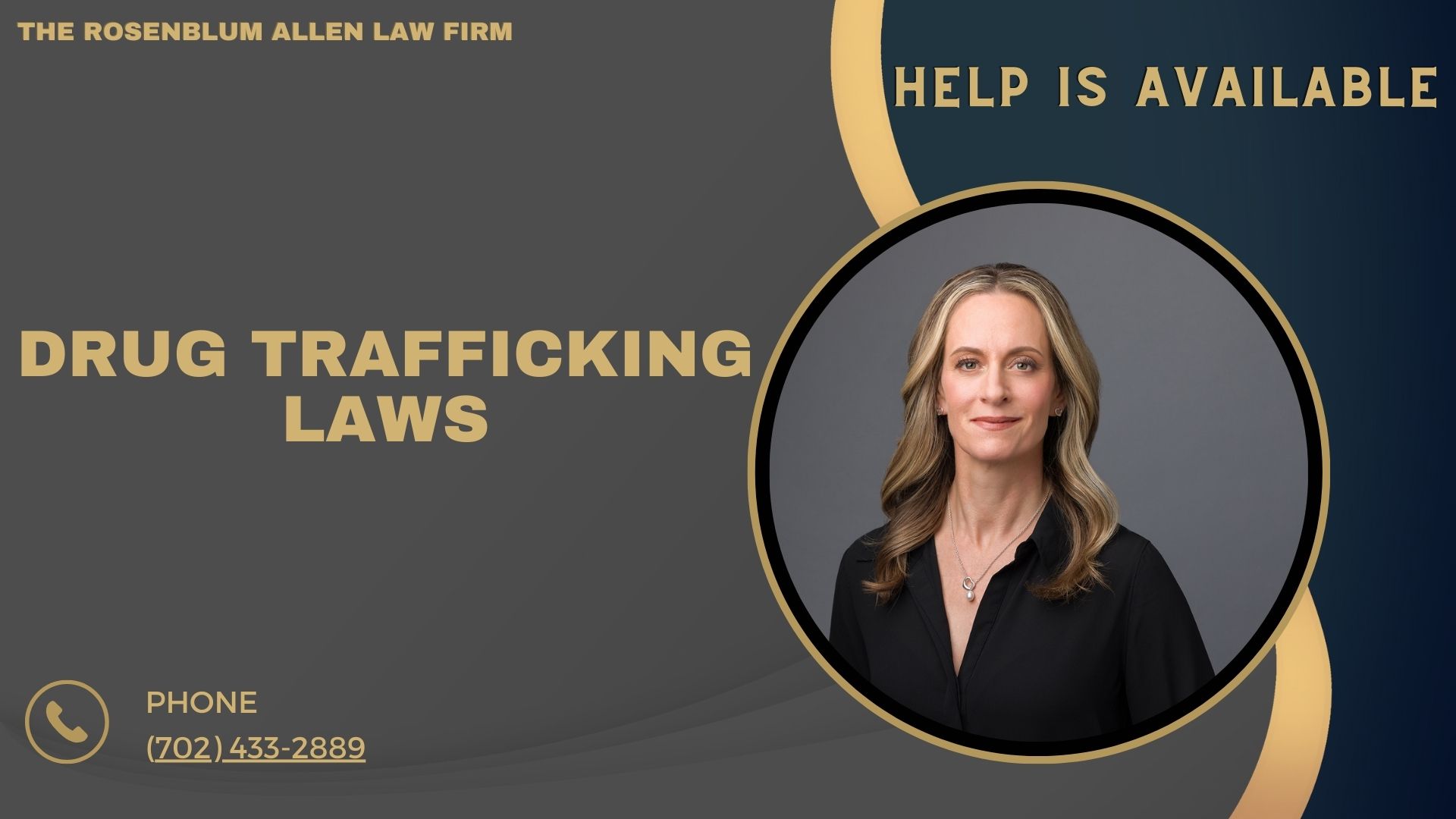Drug trafficking is a big challenge. It faces both national governments and international bodies now. The issue has deep roots in organized crime. It has wide impacts on society. Understanding its laws is crucial for legal professionals, policymakers, and the public.
This guide aims to explain drug trafficking laws. It will detail how they are defined and enforced and how they affect people and communities. We will explore many aspects. These range from definitions to defenses and impacts on society. We hope to offer valuable insights into this complex and critical area of law.
Definition of Drug Trafficking
Drug trafficking is the illegal making, giving, or sale of substances. They are subject to drug prohibition laws. Unlike simple possession. Trafficking implies a transaction aspect. It often involves large amounts of controlled substances for distribution or sale.
Legal Definition Across Different Jurisdictions
In law, the definition of drug trafficking varies greatly by jurisdiction. Typically, the definition includes:
Manufacture: The production of illegal drugs.
Distribution: The transport, distribution, or delivery of substances.
Sale: The act of selling illegal controlled substances.
For example, in the United States, federal law defines drug trafficking. It involves a measurable amount of a controlled drug. It sees it as different from mere possession due to the amount and intent to distribute.
Distinction Between Drug Trafficking and Drug Possession
Understanding the difference is critical. It helps in grasping the legal landscape. Possession and trafficking are the key distinctions.
Possession: Holding a controlled substance for personal use.
Trafficking: Involves higher quantities and the intent to distribute.
This difference is key. Penalties for trafficking are much worse than for possession. This reflects the greater risks of trafficking.

Types of Controlled Substances
Controlled substances are drugs that are regulated by laws. Their classification can affect the legal proceedings in trafficking cases.
Classification of Drugs Under the Law
Drugs are often classified into “schedules.” This is based on their accepted medical use and potential for abuse.
Schedule I: Drugs with no currently accepted medical use and a high potential for abuse (e.g., Heroin, LSD).
Schedule II: Drugs with a high potential for abuse, with use potentially leading to severe psychological or physical dependence (e.g., Vicodin, Cocaine, Methamphetamine).
Schedule III: Drugs with a moderate to low potential for physical and mental dependence (e.g., Ketamine, Anabolic steroids).
Examples of Commonly Trafficked Drugs
Some of the most frequently trafficked drugs include:
Cannabis: Despite legalization in many areas, it remains highly trafficked where illegal.
Cocaine: Often smuggled from countries where coca is grown.
Heroin: Commonly trafficked due to high demand and profitability.
Methamphetamine: Increasingly produced and trafficked due to its addictive nature.
These sections cover the start of the outline well. They set a foundation for understanding the complexity of drug trafficking laws. In the later sections, we’ll delve deeper into specific legal frameworks and impacts.

Federal Drug Trafficking Laws in the United States
The United States is tough on drug trafficking. It is governed by a series of federal laws and regulations. These laws impose severe penalties for trafficking offenses, emphasizing deterrence and punishment.
The Controlled Substances Act
The cornerstone of U.S. drug policy is the Controlled Substances Act (CSA), enacted in 1970. This act organizes drugs into five schedules. They are based on their potential for abuse and medicinal value. The act sets the framework for prosecuting drug crimes.
Key Provisions of the Act
Scheduling of substances: Drugs are categorized from Schedule I (most dangerous) to Schedule V (least risky).
Regulation of manufacture and distribution: Strict guidelines and licenses are required for handling controlled substances.
Scheduling System for Different Substances
Schedule I: No accepted medical use (e.g., LSD, heroin).
Schedule II-V: Varying degrees of accepted medical uses and abuse potential.
Penalties and Sentencing Guidelines
The penalties for federal drug trafficking are severe. They can include long prison terms, big fines, and property loss.
Factors Influencing Sentencing
Quantity of substance: Larger amounts typically result in harsher penalties.
Type of drug: Some drugs carry heavier penalties (e.g., methamphetamine vs. marijuana).
Criminal history: Prior convictions can lead to increased sentences.
Examples of Federal Sentencing Outcomes
First-time offense: Minimum sentences can range from five years to life, depending on drug type and quantity.
Repeated offenses can lead to double penalties, including potential life imprisonment.
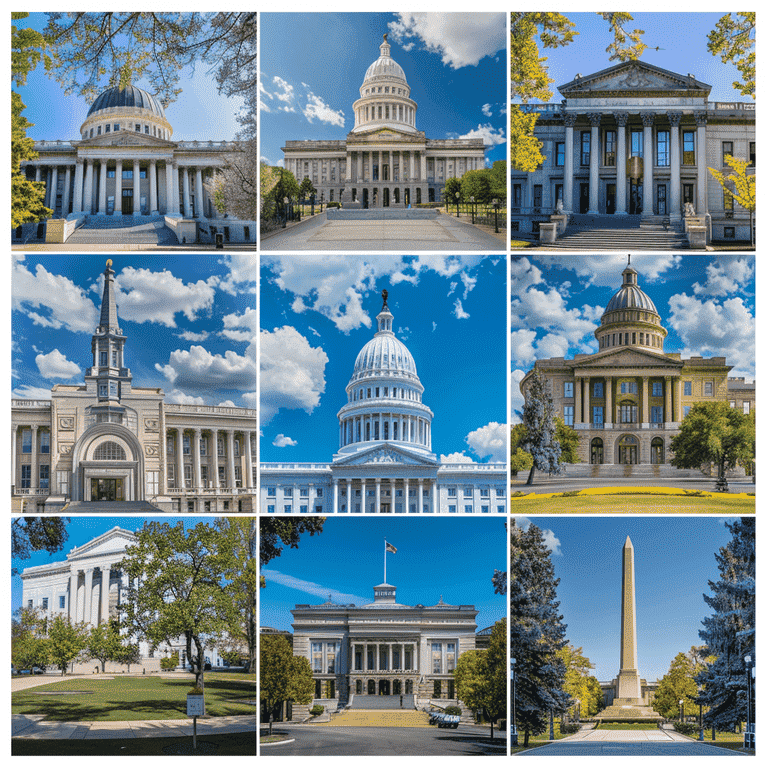
State Drug Trafficking Laws
Drug trafficking laws vary greatly between states. Each state crafts its laws to address the specific issues faced by its communities.
Variation in Laws from State to State
Federal laws set a baseline. State laws may add more penalties or offer more lenient approaches. It all depends on the local legal climate.
Examples of State-Specific Regulations
Here are some key differences:
California: It also focuses on rehabilitation and offers drug diversion programs.
Texas: Known for stringent penalties and a zero-tolerance policy.
California Drug Trafficking Laws
California has many complex laws. They reflect its diverse population and varied drug issues.
Specific Laws and Penalties in California
Proposition 47: Reduced some nonviolent drug offenses from felonies to misdemeanors.
Health and Safety Code 11352: Severe penalties for transporting or selling narcotics.
Comparison with Other States
Nevada: Similar harsh penalties but different thresholds for quantity.
Oregon: More progressive, focusing on treatment for drug offenders rather than long prison sentences.
New York Drug Trafficking Laws
New York’s drug laws have changed a lot. They now reflect shifts in policy toward rehab.
Key Features of New York’s Drug Laws
Penalties: Still severe, but with greater emphasis on drug treatment courts.
Rockefeller Drug Laws Reform: Reduced the mandatory minimum sentences for some drug offenses.
Notable Cases and Legal Precedents
Historical cases show the progression from very harsh sentences to more nuanced approaches that consider offenders’ individual circumstances.
These varied approaches show how local contexts shape US drug laws. They also show how histories shape them. The following sections will explore international drug trafficking laws and legal defenses.

International Drug Trafficking Laws
Drug trafficking is a national concern. It’s also a big international issue. It involves cross-border operations and needs countries to cooperate. Understanding international laws and agreements is essential for combating this global problem effectively.
Overview of International Law Enforcement Cooperation
Countries around the world collaborate to fight drug trafficking. They do this through treaties and multinational law agencies. This cooperation is crucial for addressing the international dimensions of drug trafficking.
Examples of International Drug Trafficking Cases
Operation Panama Express: A collaborative effort between multiple countries to intercept drug shipments in the Caribbean.
The Chapo Guzmán Case Involved extensive international cooperation to capture and prosecute the notorious drug lord.
The Role of the United Nations
The United Nations is key. It shapes international drug trafficking laws through conventions and protocols.
UN Conventions on Drug Control
1961 Single Convention on Narcotic Drugs
1971 Convention on Psychotropic Substances
1988 Convention Against Illicit Traffic in Narcotic Drugs and Psychotropic Substances
These conventions set the framework for international drug law enforcement. They promote cooperation and set standards for laws and enforcement across member states.
European Union’s Drug Trafficking Directives
The European Union has made rules to fight drug trafficking. The rules apply within its borders and across them.
EU Policies and Regulatory Frameworks
European Monitoring Centre for Drugs and Drug Addiction (EMCDDA): This organization provides comprehensive data to EU countries to help formulate informed drug policies.
EU Drug Markets Report: A detailed analysis that guides policy and enforcement strategies.
Case Studies of Cross-Border Enforcement
Operation Archimedes Involved 34 countries and led to numerous arrests and seizures, demonstrating the power of cooperative enforcement efforts.

Legal Defenses in Drug Trafficking Cases
Accused individuals have several legal defenses available to contest charges of drug trafficking. These defenses can significantly impact the outcome of a case.
Common Legal Defenses Used in Drug Trafficking Cases
Lack of Knowledge: Arguing that the accused was unaware they were carrying or distributing illegal drugs.
Duress: Claiming the accused was forced to commit the unlawful act under threat of violence.
Insufficient Evidence: Challenging the prosecution’s evidence as inadequate to prove trafficking beyond a reasonable doubt.
Role of Intent and Knowledge in Legal Defenses
Understanding the defendant’s intent is crucial in drug trafficking cases. If it can be proven that there was no intent to traffic drugs, the charges may be reduced or dismissed.
Proving Innocence
Strategies often employed to prove innocence include:
Alibi: Providing evidence that the accused was not present at the scene.
Misidentification: Arguing that the accused was incorrectly identified as part of the trafficking operation.
Negotiating Plea Deals
Plea bargaining can be key in drug trafficking cases. The accused may agree to plead guilty to a lesser charge in exchange for a shorter sentence.
Understanding the Process of Plea Bargaining
Benefits: Potentially reduced charges and sentences.
Risks: Losing the right to a trial by jury.
Benefits and Risks Associated with Plea Deals
Benefits: The quicker resolution of the case reduced legal costs.
Risks: Possible regret if evidence might have led to acquittal at trial.
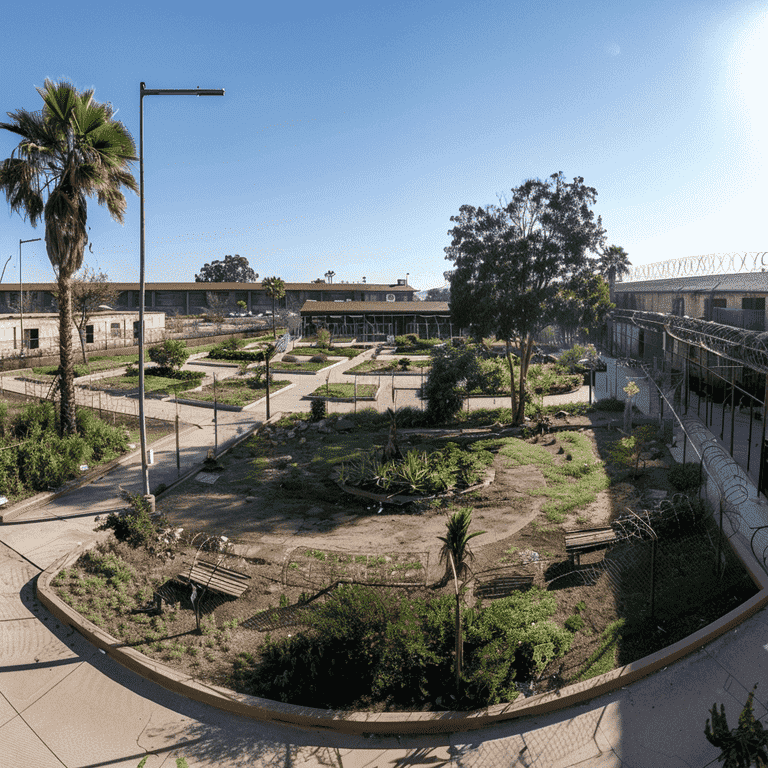
The Impact of Drug Trafficking Laws on Society
Drug trafficking laws have profound effects on communities and societies at large. These laws aim to curb the illegal drug trade. They also affect many parts of daily life.
Societal Consequences of Stringent Drug Laws
Strict drug trafficking laws often lead to significant societal impacts, including:
Increased incarceration rates: Prisons often house a high number of individuals convicted for drug-related offenses, affecting families and communities.
Economic impact: The enforcement of drug laws requires substantial government expenditure, which could be allocated to other community services.
Social stigma: Individuals convicted of drug trafficking face long-term social stigma, impacting their chances of rehabilitation and reintegration into society.
Discussion on Reform and Alternative Approaches
Many people are talking about it. They say we need to reform drug trafficking laws. The goal is to make the laws more humane and effective. Suggestions include:
Decriminalization of certain drugs: To reduce the burden on legal systems and focus on rehabilitation.
Enhanced focus on treatment: Prioritizing addiction treatment over punitive measures for drug offenders.
Effects on Incarceration Rates
Drug laws significantly influence incarceration rates. For example:
Statistics: In the United States, a substantial portion of the prison population is incarcerated due to drug offenses.
Disparities: There are notable racial and economic disparities in the application and enforcement of drug trafficking laws.
Racial and Economic Disparities in Sentencing
Racial disparities: Minorities are often disproportionately affected by drug trafficking laws, leading to higher incarceration rates among these populations.
Economic inequality: Lower-income individuals frequently receive harsher penalties due to limited access to robust legal defense.
Calls for Reform
Advocates for drug law reform argue for changes. They should focus on public health, not punishment. Critical areas of advocacy include:
Changing sentencing guidelines: Advocates push for more lenient sentences for nonviolent drug offenses.
Supporting drug courts: Drug courts focus on rehabilitation through court-supervised treatment programs.
Examples of Successful Reform Efforts
Portugal’s decriminalization model: Since decriminalizing all drugs in 2001, Portugal has seen significant decreases in drug-related deaths and HIV infections.
Marijuana legalization in various states: Some U.S. states have seen economic benefits and reduced crime rates after legalizing marijuana.

Breaking It All Down
Understanding drug trafficking laws is crucial. This is true not only for those in the legal and criminal justice systems, but also for the public. These laws have far-reaching effects that extend beyond the immediate legal consequences. They influence societal structure, public health, and economic policies.
As we move forward, we must watch the impact of these laws. We must also keep discussing how to balance enforcement. We must do this with humane and rehabilitative methods. This guide has explored the full scope of drug trafficking laws. It provides insights that could help shape better policies in the future.
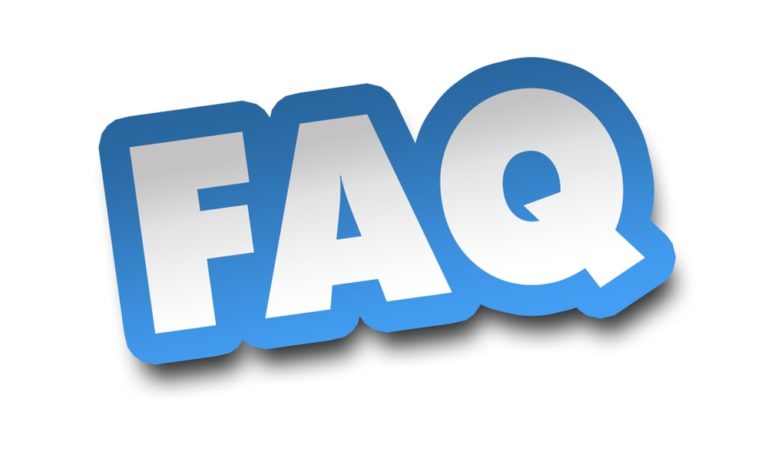
Frequently Asked Questions
What distinguishes drug trafficking from drug possession?
Drug trafficking involves intending to sell many drugs. Possession is just holding drugs, often a small amount, for personal use. The penalties for trafficking are much harsher. This is due to the larger scale and impact on society.
How do federal and state drug laws differ in the U.S.?
Federal drug laws apply across the country. They include mandatory least sentences for trafficking set amounts of drugs. State laws vary widely. Some states have harsher penalties, while others focus more on rehabilitation.
What are the typical penalties for drug trafficking in federal court?
Penalties can range from 5 years to life in prison. The range depends on the type and quantity of drug, and the trafficker’s criminal history. Fines and asset forfeiture are also common.
Can international drug trafficking cases be tried in the United States?
Yes, the U.S. can prosecute global drug trafficking. They can do so if the activities impact the United States. They can also do so if the trafficker can be extradited under international treaties.
What legal defenses are available to someone charged with drug trafficking?
Possible defenses include a lack of knowledge about the drugs. Also, no intent to distribute, or being coerced into trafficking (coercion). Each defense depends on the specific circumstances of the case.
How do drug trafficking laws impact society?
These laws aim to deter drug distribution. But, they often cause high incarceration rates. They also lead to big spending on enforcement and social stigma for the convicted.
What reforms are being suggested for drug trafficking laws?
Reforms often include:
- Reducing penalties for non-violent drug offenses.
- Focusing on rehabilitation rather than incarceration.
- Addressing racial and economic disparities in sentencing.

Additional Resources for You
For those seeking additional legal support, our lead attorney, Molly Rosenblum Allen, Esq., has developed a range of specialized resources to meet your needs:
- Criminal Defense Attorneys: Effective defense services for a wide range of criminal charges.
- Las Vegas DUI Lawyer: Dedicated assistance for DUI charges, helping you navigate the complexities of DUI law.
- Domestic Violence Lawyer Las Vegas: Specialized support for domestic violence cases, offering both defense and guidance.
- Drug Possession Lawyer: Legal expertise in handling drug possession charges to secure the best possible outcomes.
- Sex Crimes Attorney: Confidential and compassionate legal services for those accused of sex crimes.
- CPS Defense Attorney: Representation for cases involving child protective services and allegations of abuse or neglect.
- Misdemeanor Lawyer: Assistance with all types of misdemeanor charges, aiming for favorable resolutions.
- Las Vegas Warrant Defense Attorney: Help in resolving outstanding warrants and related legal issues.
- Las Vegas Probation Violation Attorney: Legal advice and representation for probation violations.
- Theft Crime Defense Lawyer: Skilled defense against theft charges, from petty theft to major burglary.
- Kidnapping Lawyers: Defense for kidnapping charges, focusing on strategic legal responses.
- Juvenile Defense Lawyers: Protecting the rights of juveniles with specialized legal strategies.
- Firearms Lawyer Las Vegas: Representation for firearms-related charges, ensuring compliance with the law.
Each of these resources has been carefully crafted to provide the necessary legal support during challenging times, ensuring that you receive knowledgeable and empathetic legal counsel.

Outside Resources for You
American Civil Liberties Union (ACLU): A nonprofit organization that offers extensive information on civil rights issues, including those related to drug law reform and criminal justice.
National Association of Criminal Defense Lawyers (NACDL): Provides resources and advocacy for criminal defense lawyers and aims to ensure justice and due process for persons accused of crimes.
United Nations Office on Drugs and Crime (UNODC): Offers global insights and data on drug trafficking and international drug control strategies.
Drug Policy Alliance (DPA): Focuses on promoting drug policies that are grounded in science, compassion, health, and human rights.
European Monitoring Centre for Drugs and Drug Addiction (EMCDDA): Provides a wealth of data and analysis on drug addiction and trafficking within the European Union.
The Sentencing Project: Works for a fair and effective U.S. criminal justice system by promoting reforms in sentencing policy, addressing unjust racial disparities and practices.
Families Against Mandatory Minimums (FAMM): A nonprofit organization fighting for smart sentencing laws that protect public safety.
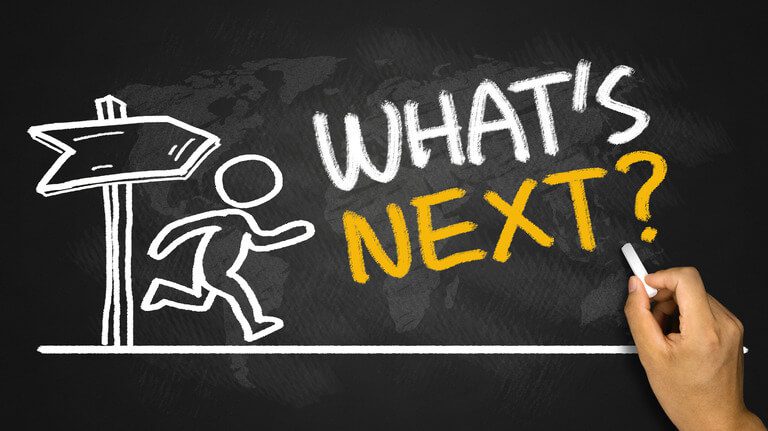
A Special Message from Our Lead Attorney, Molly Rosenblum Allen, Esq

Thank you for taking the time to explore our legal resources. I hope you found the information helpful and insightful. If you face legal challenges and need help, please call me and my team at The Rosenblum Allen Law Firm at (702) 433-2889. We are ready to help you address your situation and support you.
I am looking forward to speaking with you soon.
Best regards,
Molly Rosenblum Allen, Esq.

